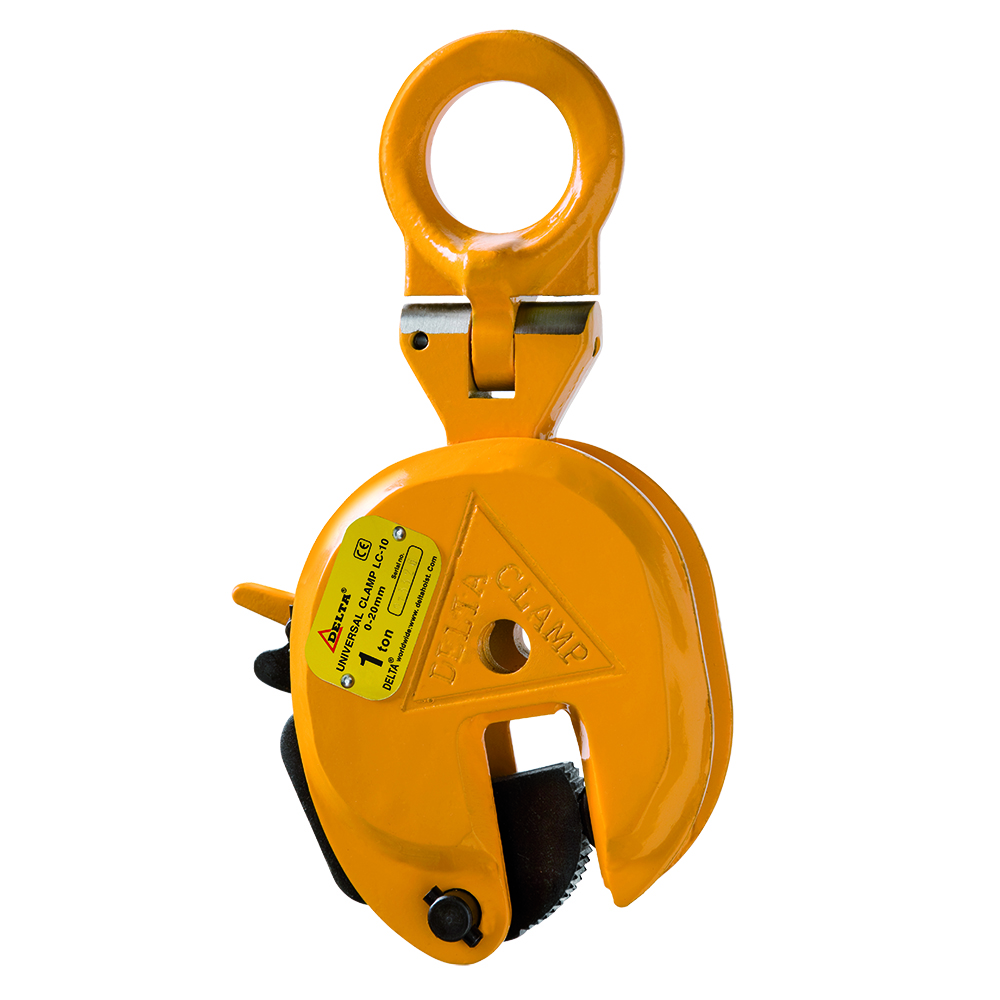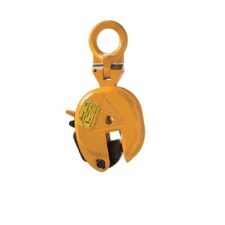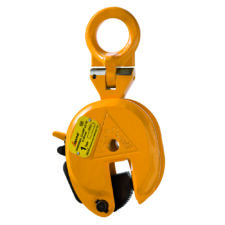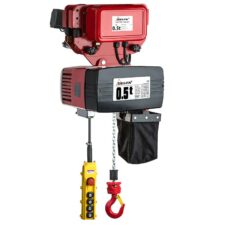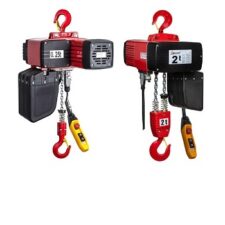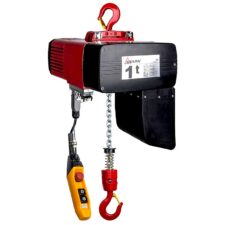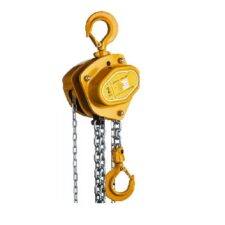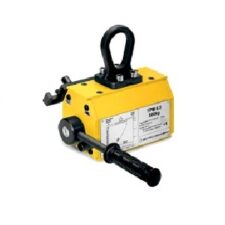Delta Plate Lifting Clamp
£42.00 – £81.00Price range: £42.00 through £81.00
The Delta plate lifting clamp enables easier handling of steel plate materials. Its universal design means that lifting single steel plates horizontally or vertically is achievable, with the added bonus that you are able to lift vertically and set down horizontally or the opposite way around.
Models with up to 2000kg lifting capacities can be purchased online for quick delivery. However we are able to supply models with 5000kg WLL upon request.
Delta Plate Lifting Clamp Features
Strong, toothed steel jaws provide the clamping mechanism to hold your steel plates. (which should have a surface hardness of HRC37). There is a locking lever which locks the jaws open or closed for easier insertion of sheet materials. The jaws are progressive in nature which means that they will clamp down harder as they are lifted. Subsequently more weight/force is applied.
The lifting eye, used to attach the clamp to a lifting hoist incorporates a hinge to enable lifting in both orientations and optimum steel plate handling.
How the Delta Plate Clamp Works
The majority of plate lifting clamps are named after the singular plain they can lift in. Thus horizontal OR vertical plate clamp. There is a third type of plate clamp that is typically known as a universal plate clamp, this is because it can be used in both as well as change the plain during the lifting operation.
Of the numerous features on the Delta plate lifting clamp the lifting eye is probably the most useful. I incorporates a hinge to enable the eye to pivot through 180 degrees, thus make a 90 degree angle with the jaws. So when the eye is suspended from a lifting hoist it will naturally be vertical; lowered to the ground the lower half of the clamp (with the jaw) can be pivoted sideways into a horizontal position. Steel sheets that are flat on the ground can be placed into the jaw with relative ease. Once lifting begins the jaws will clamp tight and slowly raise the sheet at the end the clamp is attached to, eventually becoming vertical as the hinge pivots back straight during the lift.
This scenario can also be carried out in reverse, thus repositioned from vertical to horizontal.
Multiple clamps can be used together for larger sheets.
Minimum Loads and Loading Angle Reductions
All types of steel plate lifting clamps have a minimum load value due to their progressive clamping nature. For the Delta clamp, with HRC 37 hardness levels the minimum load permitted will be 10% of the stated working load limit. If the HRC hardness is 27 or lower, 5% is the minimum figure. ALWAYS consult the manufacturers instruction manual.
The angles made throughout the lifting operation will impact the lifting capacity of the clamp, thus extremely important to pay attention to the capacity reductions required to obtain a safe lift.
From vertical to 22 degrees you get the full 100% of the stated lifting capacity. From 22 to 45% you get 75% and from 45 degrees to 90 degrees you get 50%.
As a result if you are changing orientation during the lift then you will need to take into account all the possible angles, thus reduce the working load limit to 50%. See the specifications tab to find out more.
Other Plate Lifting Gear
Should a plate lifting clamp not be right for your operation then consider a magnetic lifter. A different way of lifting, using magnetic force instead of clamping power. Our permanent lifting magnet range are produced by Yale, a top brand and well known in the industry.
Should you need and advice then contact the team on 01384 76961.
| Weight | 5.5 kg |
|---|---|
| Size Required (Delta vertical) | 0.5 Ton, 1 Ton, 2 Ton |






